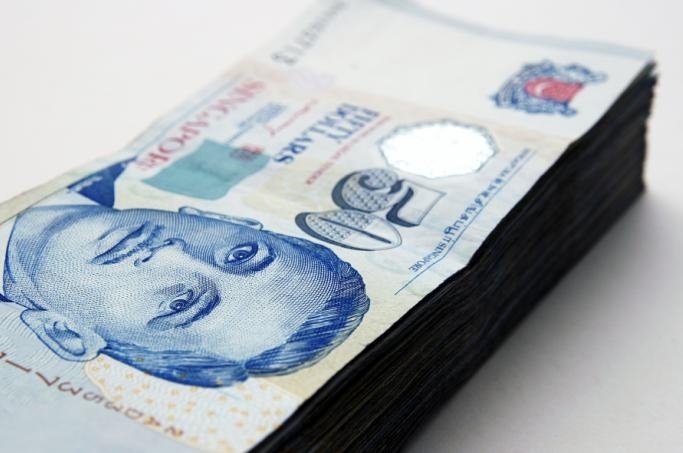
Currency Briefing - what you need to know for Mon March 19, 2012
Last week the Singapore dollar traded as high as $1.27, and the US dollar has slipped against the local currency.
IG Markets Singapore said:
The US dollar has slipped against the Singapore dollar with the pair now trading at $1.2576. The Greenback put in a strong performance last week off the back of QE3 becoming less likely due to a strengthening US economy.
The Singapore dollar had traded as high as $1.27 for periods of last week, also due to a flight to safety away from Asian currencies.
While profit-taking accounts for some of the Greenback’s slippage, better-than-expected export data from Singapore on Friday helped boost the local currency.
Exports of goods made in Singapore rose 30.5% in February compared with a year earlier, much higher than the 18.0% on-year increase forecast by economists.
Analysts and economists predict consumer prices to rise more than previously estimated this year which may mean a strengthening of the currency. It could reach $1.23 by the end of 2012, according to predictions.
The Monetary Authority of Singapore is likely to continue with its gradual appreciation of the local currency, given the spectre of high inflation still exists.
GFT meanwhile noted (for 16 March 2012 trading):
The euro broke out of its two day consolidation to trade sharply higher against the U.S. dollar. Today’s rally in the EUR/USD was the strongest in 5 trading days and the lack of any major catalysts suggest that this could be related to profit taking or short covering.
According to the CFTC’s latest commitment of traders report, short euro positions were trimmed significantly over the past week. While we still believe that EUR/USD could be vulnerable to additional losses, it is clear that a fresh catalyst is needed for that to happen.
The rally in the EUR/USD today was sparked by weaker core consumer price growth in the U.S. but reports that the European Financial Stability Facility and the European Stability Mechanism could be increased by 40 percent also lent support to the euro.
According to a senior euro zone official, one possibility is "the combined lending capacity would go from 500 billion to roughly 700 billion." This amount is still considered too small but any larger commitments have been opposed by the Germans.
We have long believed that if push comes to shove, European nations will be committing the minimum and not the maximum to the rescue fund – it’s like getting money from Uncle Scrooge. In the meantime, as long as Portuguese, Italian and Spanish yields hold steady, the impact of Europe's sovereign debt crisis on the euro will continue to dissipate.
RBS, on the other hand, reported (for 16 March 2012 trading):
US CPI for February was in line with expectations and unchanged on a y/y basis (at 2.9%). This along with softer February IP and U of Michigan confidence numbers likely fuelled some profit taking as the USD sold off against the G10.
The sell-off created in our view a good risk reward profile to enter long USD exposure, especially since the key US 5-year swap rate did not give up significant ground even as the USD weakened.
We recommended establishing long USD/CHF exposure at 0.9155 today targeting 0.9950 with a stop on a two-day close below the 200-day moving average (currently 0.8817).
























 Advertise
Advertise






